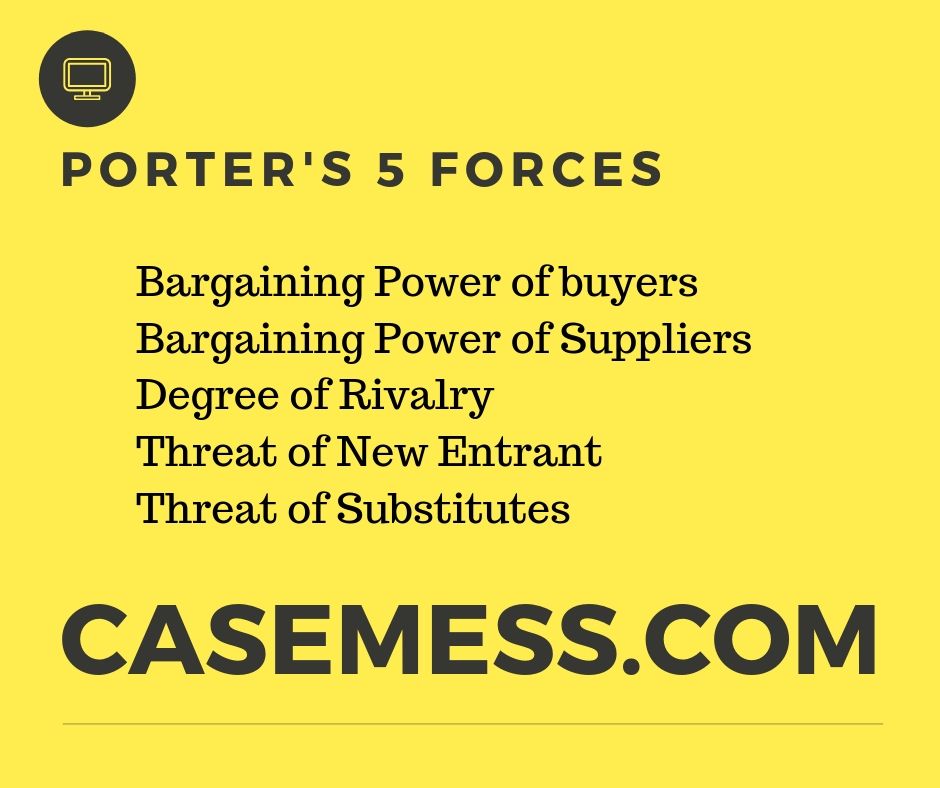Ivey Case Study Solution
Home >> Ivey
Ivey Case Study Solution
One of the essential trend in the world of organisation is Ivey Case Study Help of business and industries. Ivey Case Study Solution of companies is to increase combination and connection at global level in between private companies, and nation-states.
• Product and services
• Labor.
• Capital.
Throughout the world, it is an increase in political, cultural, technological, social, economic and environmental spheres. It all starts with a considerable increase in sourcing at worldwide level by list below international acknowledgment in order to establish into an international company.
Modifications in the organizational structure is associated with its culture, procedure, structure, core proficiencies and primarily its mission which leads in undervaluing of distinctions in management of cosmopolitan business, global operations and worldwidecompanies.
Problem Statement:
 In Ivey Case Study Solution of any company, product presence in a global market for their entrance requires item specialization i.e. improvement of entire production process to low cost one product. Thinking about dis aggregation of production procedure by focusing on their prospective areas i.e. a single item will be produced and put together at different locations is a terrific obstacle for organization.
In Ivey Case Study Solution of any company, product presence in a global market for their entrance requires item specialization i.e. improvement of entire production process to low cost one product. Thinking about dis aggregation of production procedure by focusing on their prospective areas i.e. a single item will be produced and put together at different locations is a terrific obstacle for organization.
Theory of comparative advantage in Ivey Case Study Analysis:
With the reality, a finest theory is said to be the one which consists of presumptions, reductions and conclusions explaining the potential outcomes of open market. Comparative advantage is the ability of a state in production of items and services in an effective and economical way. It is mainly affected by labor cost, capital expense, geographical place, productivity of workforce and natural resources.
Comparative advantage as a natural endowment result shows that not all regions or countries around the world are capable and efficient in production of specific items. Like United States of America, the availability of huge temperate landmass and more parts of wood serves as a relative benefit in farming for the production of timber-based items.
It is suggested by the theory that performing trade economies provides benefits from low expenses of production and improved items and services. Through production of goods based on comparative advantage, the demands of nation are successfully provided and resources are allocated in an efficient method. Thus, commodities production at low expense makes trade mutually useful for both the countries included.
Economic Clusters:
Industrial clustering as an outcome of absence of relative natural advantage which is created by markets themselves. In basic, the theory of economic cluster explains the industrial growth as an advantage through focusing on complementary resource that includes manufacturers who are associated with locating their facilities of manufacturing near to their consumer base line. It likewise includes low expense of transportation and strong scale of economies in the product production which as a result grabs the provider's interest.
On the other hand, the advancement and co-location of labor market for "like" industries needing similar skills tend to interdependencies of innovation encouraging clustering. According to a new research study, the financial clusters have influence on the economics of world as it is thought about as the foundation of economy at worldwide level.
For example, in semiconductor industry, the organization in America and Asia together supply for the needs of the world. The semiconductor industry is capital extensive, complicated process of production, high research study and development with very little expense of transport. Interdependencies of innovation encouraging suppliers' co-location, while, curves of learning and expense results effectiveness of point to scale referring clustering to be mutually beneficial.
Porter’s Analysis
The issues related to the reason behind drawing in worldwide markets is explained by Porter's design of nationwide diamond which includes 6 elements such as public policy and chance, competitiveness in home market, related and supporting market, home-country need and element conditions.
Public Law and Chance:
It develops a sense that policies of government support industries at worldwide level through temporary protection, subsidies, incentives and facilities. Such as, the early domination of United States industry of photography is attributable to the birth of Edwin Land and George Eastman.
Competitiveness in house industry:
The competition, structure and techniques of an organization in the domestic industry constitutes the competitiveness aspect. It discusses that more strong the competition is more effective will be the organizations are anticipated to make every effort at international scale.
Related and supporting industry:
The event of supporting and associated industries is another component of structure of Porter. On the basis of above conversation about the financial cluster of industries includes an example associated to Hollywood. As it is just a motion picture making cluster, it consists of company and a provider host which forms the marketplace of labor in the location of Los Angeles.
Home-country need:
In the advancement of industry, big markets in house market serves as a stimulus. In Japan, the market of motorcycle utilized its benefit of scale in creating its global presence followed by an early home start. The industry of semiconductor in United States, found the government to be early, cost-intensive chip buyers and advanced as helpful.
Factor conditions:
The discussion on the concern of specific attractions between regions and markets is related to the matching endowments of country with the requirements and attributes of the market. Considering an industry that has the possible to create significant profit with low entry barriers, shows the imitation force and cause of diffusion like expansion of market through international borders.
The overcoming of markets of Central European nations which were come from in the Western Europe. The reliance of markets on such mobile factors tend to be prone.
Alternatives:
 As a market is affected by the impact of factors, competitors characteristics and federal government function in obstruction and stimulation of process of Ivey Case Study Help. Some propositions to help an industry in developing based on such influencing factors includes:
As a market is affected by the impact of factors, competitors characteristics and federal government function in obstruction and stimulation of process of Ivey Case Study Help. Some propositions to help an industry in developing based on such influencing factors includes:
Alternative-- Fragmented and Competitive industries:
Fragmentation of market is considered excellent for both service and clients with differing conditions. As it works as an essential factor in the success of company at global level. In fragmented market, no single organization dominates the market and the competition is in between all the firms running in a specific market.
Pros:
• With interventions of government, fragmented industry creates a judicial mix of both non-market and market strategic planning.
• The influence of federal government is immediately restricted by conditions of fragmented market.
• Little scale firms focusing on distinctive fragments can significantly build their relationship with their clients and can make them feel unique.
Cons:
• Market fragmentation can be danger to the leading company in the industry associated to their market share and effect on earnings.
• Success of one company straight influenced by some abrupt companies in the market through factors like high capital investment and scale of economy.
• Increase in product personalization, development and competitors tend to be a challenge for those organization who are unware of market fragmentation.
Option-- Oligopoly Competitors:
Oligopolistic competitive climate is a condition of restricted competition. It acts as an essential motorist in the technique for Ivey Case Study Help in focused markets where the qualities of a nation is considered a crucial element. Thinking about different structures of market, there are numerous benefits and drawbacks.
Pros:
• It creates an effect of trickle down surrounded by an economy. Prices of products generates high amount of earnings which as an outcome filters down in order to the reason behind the greater workers' incomes.
• Reduction in competitors results in easy choices to catchfinestproduct, as it eliminates the requirement of comprehensive research study.
• Low priced items as there is a requirement for cost balancing to produce profit and stay attractive to their customers.
Cons:
• In worldwide oligopolies, cross-subsidizing opportunities lower the importance of production area and export decisions.
• The positions at entry level and workers can be dripped down by earnings only when large subsidies enable them.
• Synthetic inflation of product prices for generation of excessive products and less competitors.
Alternative-- Recognition of competitive edge:
Awareness about the brand-new market before entrance without leveraging a clear benefit of competition. As competitive advantage enables a firm to gain share in market and substantial development of niche and consumer base.
Pros:
• Understanding of competitive advantage clearly identifies a company from its rivals in the market.
• It significantly is a way of contribution of more customers, commitment of brand name and higher costs.
• It is an important aspect to be thought about in business development of any particular organization in specific region.
Cons:
• For Ivey Case Study Help, usage of old approaches that lead the success of organization requires modification with regard to new market.
• If the need of your product is limited, it shrinks the market share and base of consumers.
